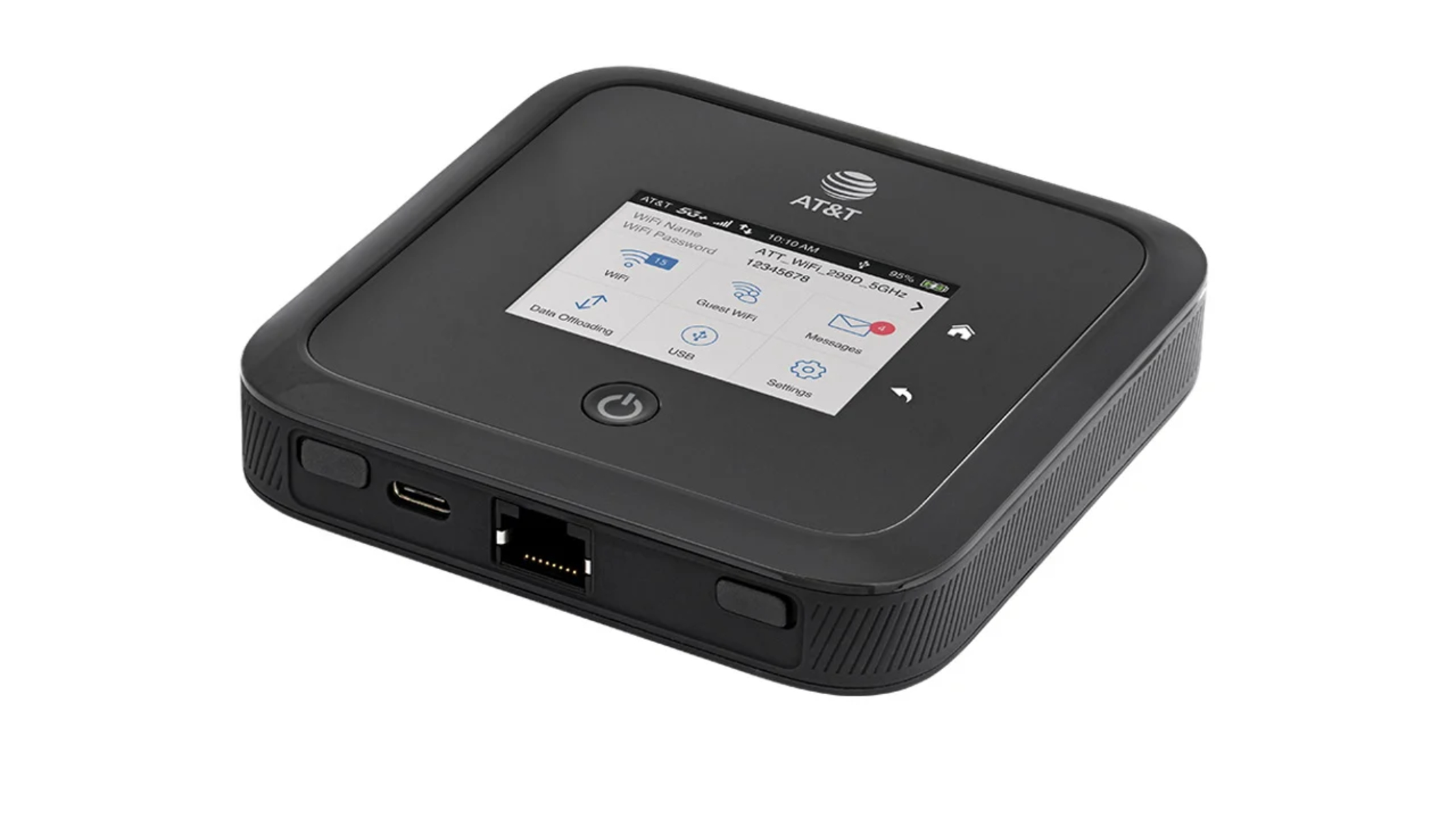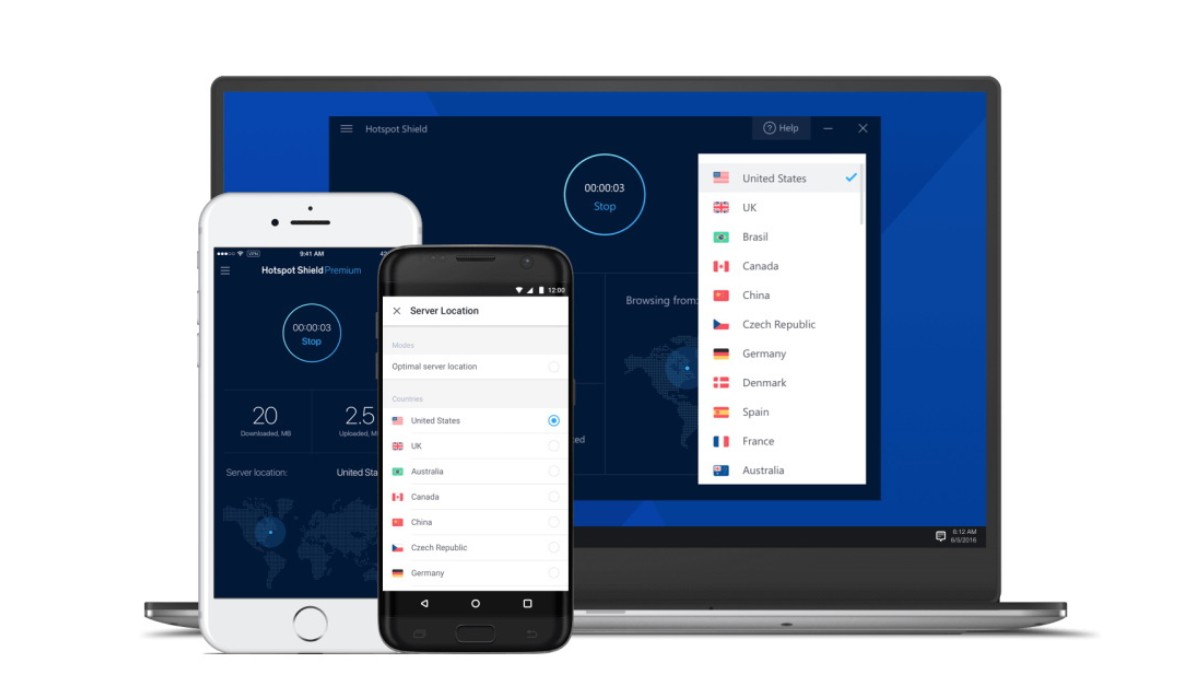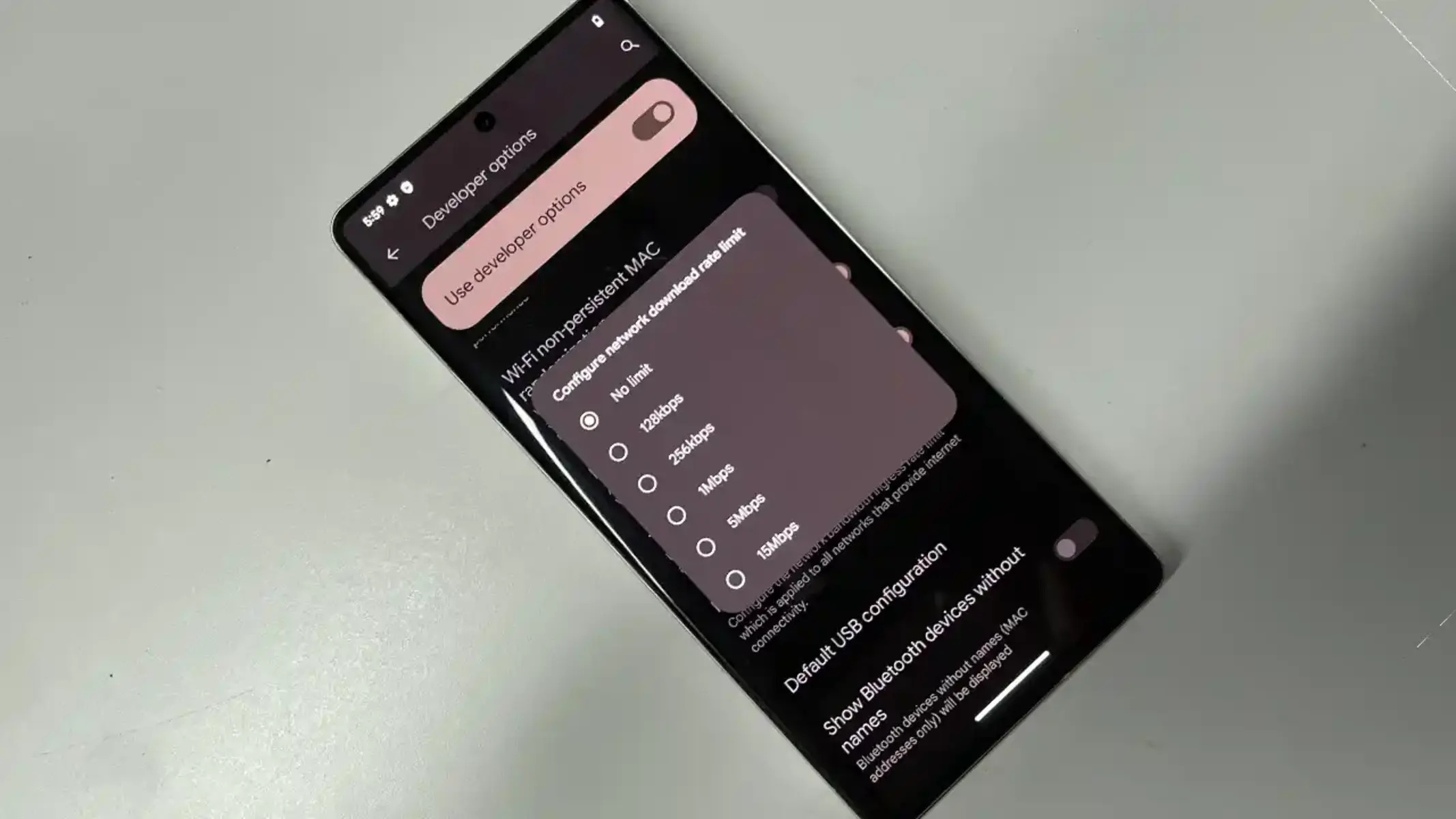Introduction
In today's fast-paced, interconnected world, staying connected to the internet is a necessity for many. Whether it's for work, entertainment, or keeping in touch with loved ones, the ability to access the internet on the go is invaluable. While mobile data plans offer a convenient solution, they often come with limitations, particularly when it comes to hotspot usage.
Hotspots, which allow devices to connect to the internet through a mobile network, are a popular choice for individuals and businesses seeking flexibility and mobility. However, many mobile carriers enforce limits on hotspot usage, such as data caps and speed throttling, which can hinder the user experience.
Fortunately, there are various tips and techniques that can be employed to bypass these hotspot limits, enabling users to make the most of their mobile data plans and stay connected without interruptions. By understanding the underlying mechanisms of hotspot limitations and leveraging innovative strategies, individuals and businesses can optimize their internet connectivity and enhance their productivity and leisure activities.
In this article, we will delve into the intricacies of hotspot limits, explore the reasons behind their implementation, and provide actionable insights into bypassing these restrictions. By the end of this comprehensive guide, readers will be equipped with the knowledge and tools to overcome hotspot limitations and unlock the full potential of their mobile internet connectivity.
Understanding Hotspot Limits
Hotspot limits refer to the restrictions imposed by mobile carriers on the usage of mobile hotspot functionality, which enables devices to connect to the internet through a cellular network. These limitations typically manifest in the form of data caps and speed throttling, designed to regulate the amount of data that can be utilized via the hotspot feature.
Data caps dictate the maximum amount of data that can be transmitted through the hotspot within a specific billing cycle. Once this threshold is reached, the carrier may either suspend the hotspot functionality or reduce the connection speed, making it challenging for users to continue accessing the internet seamlessly. Speed throttling, on the other hand, involves the deliberate reduction of data transfer rates once a certain usage threshold is exceeded, resulting in slower internet speeds for the remainder of the billing cycle.
The implementation of hotspot limits by mobile carriers is often attributed to the management of network resources and the prevention of excessive strain on the infrastructure. By imposing these restrictions, carriers aim to mitigate network congestion and ensure equitable distribution of bandwidth among users. Additionally, hotspot limits serve as a means for carriers to regulate data consumption and encourage users to upgrade to higher-tier data plans, thereby maximizing revenue generation.
Understanding the rationale behind hotspot limits is crucial for users seeking to bypass these restrictions effectively. By gaining insights into the motivations driving the imposition of these limitations, individuals and businesses can strategize and employ techniques to circumvent the constraints, thereby optimizing their internet connectivity and maximizing the value of their mobile data plans.
Tips for Bypassing Hotspot Limits
When faced with hotspot limits imposed by mobile carriers, users can employ various tips and strategies to bypass these restrictions and optimize their internet connectivity. By implementing the following techniques, individuals and businesses can unlock the full potential of their mobile data plans and ensure uninterrupted access to the internet.
-
Data Compression Techniques: Utilizing data compression tools and techniques can significantly reduce the amount of data transmitted through the hotspot, thereby extending the available data allocation. By compressing web content, images, and videos, users can minimize data consumption without compromising the quality of their online experience. Popular compression applications and browser extensions offer seamless integration with devices, enabling efficient data management and conservation.
-
Limit Background Data Usage: Many devices and applications consume data in the background, contributing to the depletion of the allotted hotspot data. By configuring device settings to restrict background data usage for non-essential applications, users can conserve their data allocation for critical tasks and activities. Additionally, monitoring and controlling automatic updates and synchronization processes can prevent unnecessary data consumption, prolonging the usability of the hotspot.
-
Utilize VPN Services: Virtual Private Network (VPN) services not only enhance online security and privacy but also offer a potential workaround for hotspot limits. By encrypting data traffic and rerouting it through secure servers, VPNs can obfuscate hotspot usage, making it challenging for carriers to enforce limitations effectively. Furthermore, VPNs can enable users to access region-locked content and services, expanding the utility of the internet connection while mitigating hotspot restrictions.
-
Explore Network Throttling Workarounds: In instances where carriers enforce speed throttling upon reaching data thresholds, users can explore network throttling workarounds to maintain optimal connection speeds. Techniques such as modifying device settings, utilizing third-party applications to bypass throttling, and leveraging alternative network configurations can mitigate the impact of speed restrictions, ensuring consistent and reliable internet performance.
-
Monitor Data Usage and Billing Cycles: Proactively monitoring data usage and billing cycles is essential for effectively managing hotspot limits. By staying informed about data consumption patterns and billing periods, users can strategize their internet usage to align with the available data allocation. Additionally, being aware of upcoming billing cycles and potential data resets enables users to plan their hotspot usage more efficiently, optimizing the utilization of their data plan.
By implementing these tips and techniques, users can navigate hotspot limitations effectively, ensuring seamless internet connectivity and maximizing the value of their mobile data plans. With a proactive approach to managing hotspot usage and leveraging innovative strategies, individuals and businesses can bypass restrictions and unlock the full potential of their mobile internet connectivity.
Techniques for Bypassing Hotspot Limits
When confronted with the constraints of hotspot limits set by mobile carriers, users can employ a range of advanced techniques to circumvent these restrictions and optimize their internet connectivity. These innovative methods enable individuals and businesses to unlock the full potential of their mobile data plans and maintain uninterrupted access to the internet.
1. MAC Address Spoofing
MAC address spoofing involves altering the Media Access Control (MAC) address of the device to mimic a different hardware identifier. By impersonating a distinct MAC address, users can evade hotspot restrictions that are tied to specific devices. This technique allows for the creation of the illusion of a new device on the network, potentially bypassing limitations imposed on the original device's hotspot usage.
2. Tethering Detection Evasion
Some mobile carriers employ tethering detection mechanisms to identify and restrict hotspot usage. By utilizing specialized applications and tools designed to conceal tethering activities, users can evade detection and bypass hotspot limitations. These applications can manipulate network traffic signatures and disguise tethered connections as regular device usage, thwarting carrier detection efforts.
3. Custom Firmware and Rooting
For advanced users, custom firmware and rooting techniques can offer avenues to bypass hotspot limits. By modifying device firmware and gaining root access, users can unlock additional functionality and control over hotspot features. Custom firmware may include built-in options to circumvent carrier-imposed restrictions, providing users with greater flexibility in managing hotspot usage and evading limitations.
4. Proxy and SSH Tunnelling
Proxy and Secure Shell (SSH) tunnelling techniques enable users to reroute internet traffic through intermediary servers, effectively masking hotspot usage from carrier scrutiny. By establishing proxy connections or SSH tunnels, users can obfuscate their internet activity, making it challenging for carriers to enforce hotspot limitations. These methods offer enhanced privacy and security while bypassing restrictions on hotspot usage.
5. Network Protocol Manipulation
Advanced users can explore network protocol manipulation to bypass hotspot limits. By modifying network protocols and packet headers, individuals can conceal hotspot traffic characteristics, making it difficult for carriers to distinguish between regular device usage and hotspot activity. This approach requires technical expertise but can provide an effective means of evading hotspot restrictions.
By leveraging these advanced techniques, users can overcome hotspot limitations and maintain unhindered access to the internet, maximizing the value of their mobile data plans. It is important to note that while these methods offer potential workarounds, users should exercise caution and ensure compliance with applicable laws and regulations. Additionally, ethical considerations and respect for the terms of service outlined by mobile carriers should be paramount when employing these techniques.
Conclusion
In conclusion, the landscape of mobile internet connectivity is enriched with possibilities and challenges, particularly concerning the management of hotspot limits imposed by mobile carriers. As users strive to make the most of their mobile data plans and maintain seamless access to the internet, the strategies and techniques outlined in this guide serve as invaluable resources for bypassing hotspot restrictions effectively.
By understanding the motivations behind hotspot limits and the underlying mechanisms of data caps and speed throttling, users are empowered to navigate these constraints with informed decision-making and proactive management. The insights provided in this guide shed light on the multifaceted nature of hotspot limitations, emphasizing the importance of strategic data usage and the adoption of innovative approaches to optimize internet connectivity.
The tips and techniques presented offer practical and actionable pathways to bypassing hotspot limits, catering to a diverse range of user preferences and technical proficiencies. From data compression and VPN utilization to advanced methods such as MAC address spoofing and network protocol manipulation, individuals and businesses have access to a comprehensive toolkit for overcoming hotspot restrictions and maximizing the utility of their mobile internet connectivity.
It is essential to underscore the significance of responsible and ethical usage of the techniques discussed in this guide. While the pursuit of unhindered internet access is a legitimate endeavor, users must prioritize compliance with legal regulations and respect the terms of service outlined by mobile carriers. By exercising prudence and upholding ethical standards, users can harness the potential of these techniques while maintaining integrity and respect for the broader digital ecosystem.
As the realm of mobile internet continues to evolve, users are encouraged to stay informed about advancements in technology, network management practices, and regulatory developments. By remaining adaptable and informed, individuals and businesses can proactively address hotspot limitations and leverage emerging solutions to enhance their internet connectivity.
Ultimately, the journey toward bypassing hotspot limits is not merely a quest for unrestricted access to the internet; it is a testament to the resilience and ingenuity of individuals and businesses in adapting to the dynamic digital landscape. Through the application of the strategies and techniques delineated in this guide, users can transcend the confines of hotspot restrictions and embrace a connected experience that aligns with their diverse needs and aspirations.

























